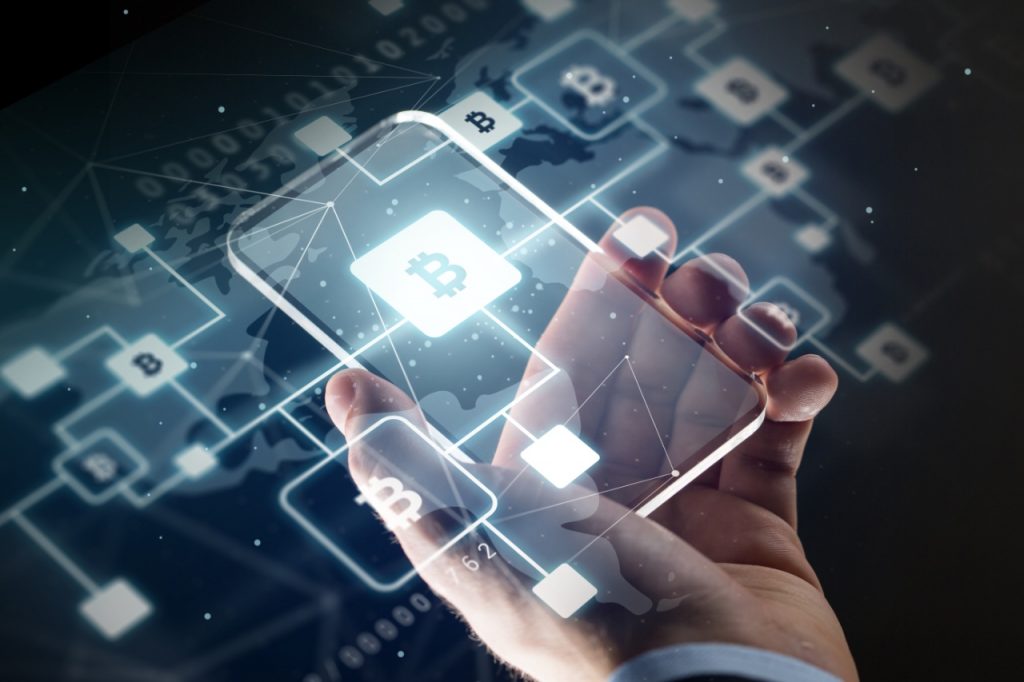“Each of the hundreds of crypto coins in existence relies on the core concept of the blockchain. The cryptocurrency was designed to be decentralized, secure, and unalterable. So every single transaction is encrypted. Once that encrypted transaction happens, it’s added to something called a “block” until a fixed number of transactions has been recorded. That block then gets added to a chain — the blockchain—which is publicly available,” explains a Senior Forbes contributor. Crypto mining is the practice of using computer power to solve complex mathematical problems to secure the network by validating transactions and creating new transaction blocks. Miners are rewarded for their time and resources to secure the blockchain and participate in its smooth operation by receiving newly created tokens (and transaction fees). So, you can mine cryptocurrencies and earn rewards if you have a computer with a lot of computing power. Unfortunately, while some sites allow you to mine cryptocurrencies with your smartphone, Google and Apple don’t really let you do mobile mining. However, suppose you want to use your phone to participate in the cryptocurrency market. In that case, you can still do cryptocurrency trading via mobile apps to take advantage of the variation in token prices.
Why is it called mining?
By solving complex mathematical problems, miners “search” for solutions to secure the network, just as gold miners “searched” for gold during the various gold rushes throughout history.
Which kind of material can you use to mine coins?
While the mining of cryptocurrencies could initially be done with personal computers, the computing power required to secure the block of many cryptocurrencies has greatly evolved since the launch of the first cryptocurrency in 2009 (the Bitcoin). Now, many companies offer powerful and dedicated hardware that you can use in your cryptocurrency mining activities. These include ASIC (or Application Specific Integrated Circuit) machines that have been developed solely to solve complex mathematical calculations of the mining process. These machines are dedicated to mining using certain algorithms from its forks, such as the SHA256 algorithm for Bitcoin and other cryptocurrencies. Once you have selected the hardware to be used for your mining, you usually have to join a mining pool to maximize your chances of creating a block and receiving a portion of the rewards. It is possible to use cloud mining for those who do not want to invest in expensive technical equipment and do not have ultra-technical skills. You will then rent a part of the company’s computing power according to your investment and your objectives to win rewards. It is the same goal here as with “conventional mining,” with an investment to be made and potential profits to be received once the process is completed, except that there is no equipment to manage, and you don’t have to spend time to make sure everything is working properly, as all this is done by the cloud mining company you use.
How do you know if mining is profitable?
After knowing “how does crypto mining work,” it is time to calculate profits. There are several factors to consider before you decide whether mining cryptocurrencies will be profitable for you. Among the most important criteria to analyze, focus on the hash rate (computational power of miners), the value of the token (how much 1 token is worth at the time of mining), the price of the machines used to mine cryptocurrencies (ASIC or mining rig) and the price of your energy consumption (electricity cost).
